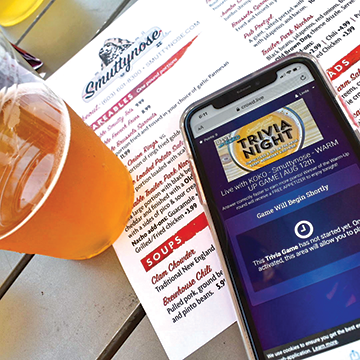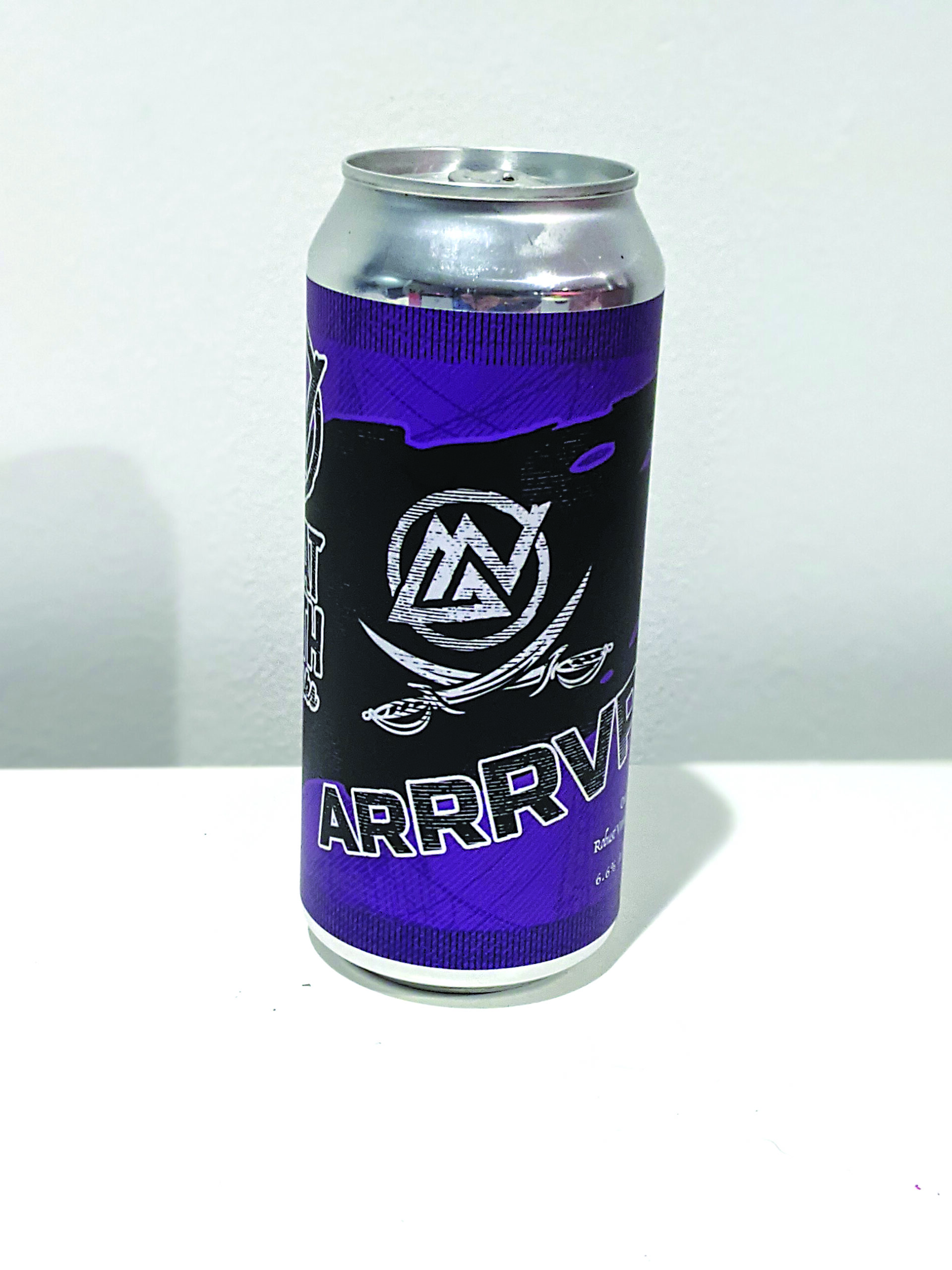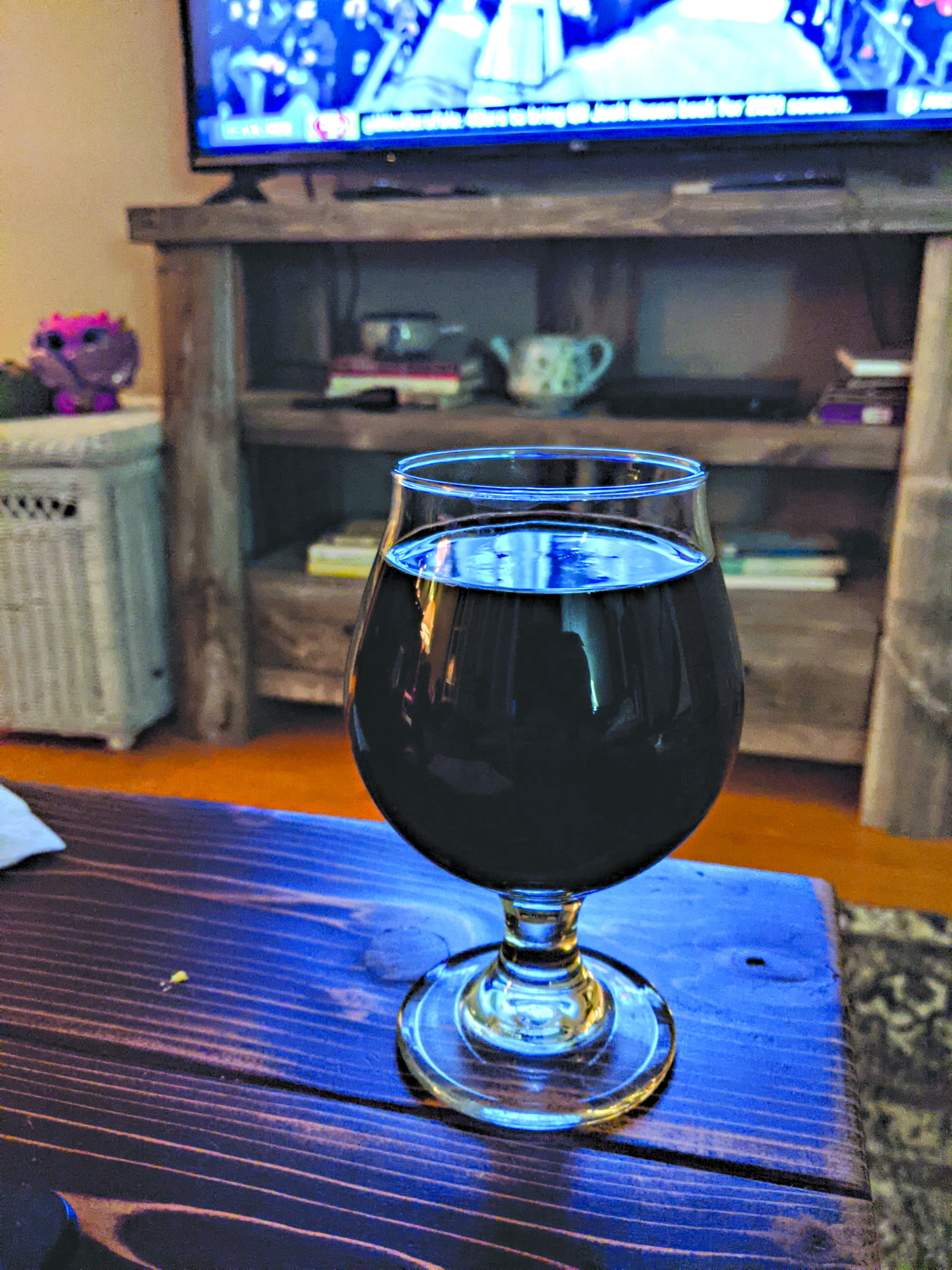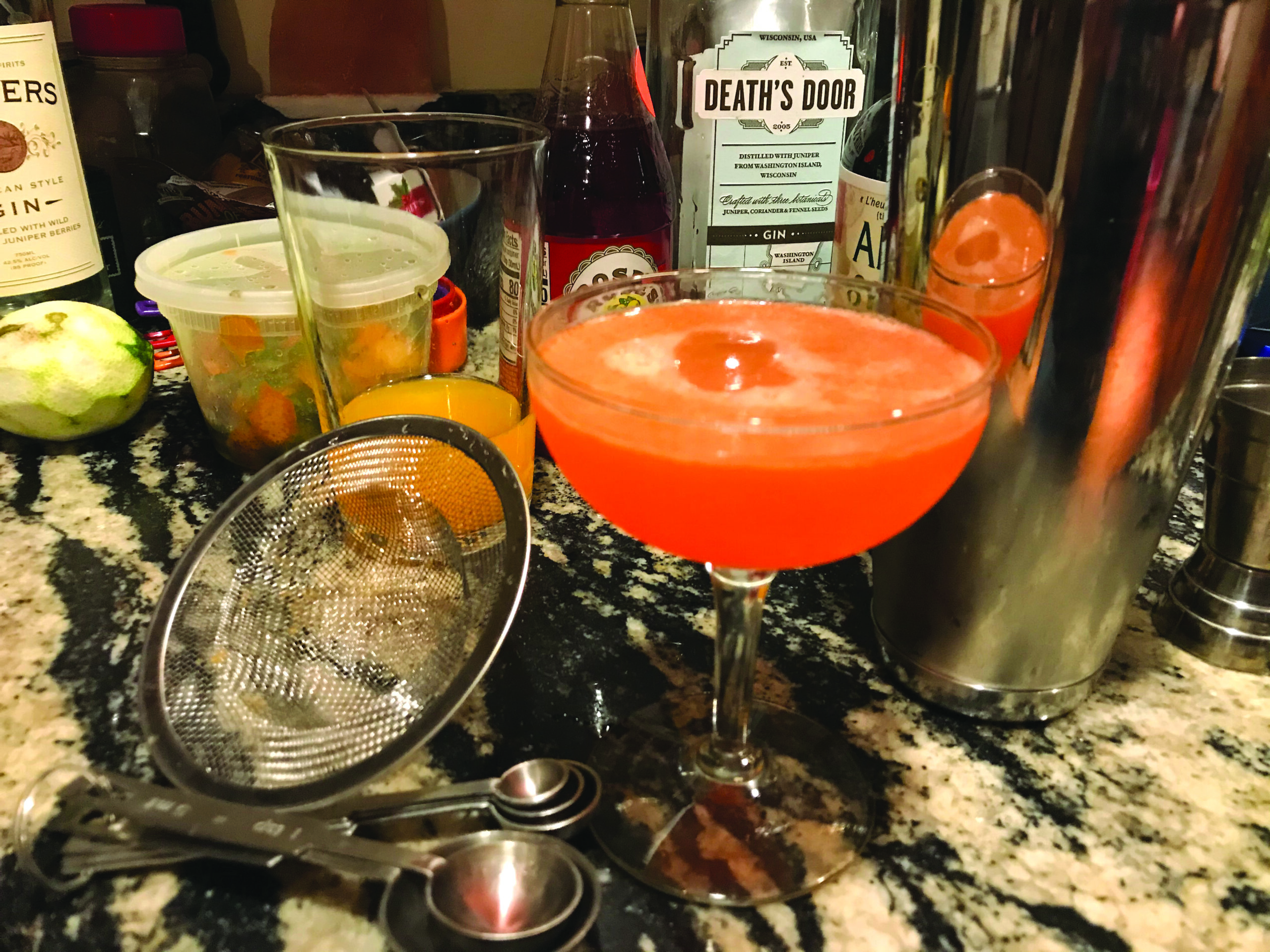Bars across New Hampshire offer trivia fun
By Sadie Burgess
listings@hippopress.com
If you’re full of seemingly useless information, you can put it to good use at one of several weekly trivia nights hosted by local bars.
Area 23 in Concord has been hosting trivia nights every Tuesday for more than five years.
“We get people who are very intense on trivia,” bar owner and trivia writer Kirk McNeil said.
Five different categories are offered each week, rather than one overarching theme. These can range from Broadway musicals to UFOs to European food to classic movies, and they’re often suggested by the bar’s patrons.
Area 23 doesn’t take trivia lightly. The bar was awarded toughest trivia in New Hampshire in 2015, 2016 and 2017.
“I don’t know if they gave it out after that,” McNeil said with a laugh.
Part of this honor is because of die-hard fans, like the six-person team that’s attended the events every week since it started.
But, McNeil said, “This doesn’t mean you can’t do well as a newbie.”
Area 23 sometimes awards prizes, which range from free appetizers to T-shirts or koozys from local breweries.
Liquid Therapy in Nashua is a bit newer to the trivia scene, devoting Thursday nights to trivia for just under two years. Attendees typically sign up a week ahead of time, sometimes two, to secure a seat.
“People even sit outside right now, when it’s cold,” the bar’s owner, Stanley Tremblay, said.
Tremblay feels that the open, airy space that Liquid Therapy offers makes patrons feel more at ease amid stressful times.
“I think there’s a lot of comradery, even between teams,” said Tremblay. “And it adds some normalcy to what’s going on in the world right now.”
For each trivia night, there’s a three-question themed round, with the theme chosen by the team that came in second the week before (first place gets a $25 gift card). The themes tend to be very specific and have ranged from fantasy novels like The Wheel of Time to Fleetwood Mac to Philadelphia sports teams.
Smuttynose Brewery offers trivia on Tuesday nights at its Hampton location, as well as Thursday night trivia at Smuttlabs in downtown Dover. DJ Koko-P hosts the events throughout the year at both locations.
This brewery is new on the trivia scene; it introduced trivia this past summer at the Hampton location, and only about a month ago in Dover. Their trivia is completely contactless and played through each participants’ cell phone. DJ Koko gives you a URL to go to, according to Colleen Lynch, the marketing manager at Smuttynose, and all questions are answered through the URL.
The night is divided into three rounds. The first is a warm-up round, where the winner receives a free appetizer. During the second and third rounds, gift cards and larger, specialty prizes can be won. In the event’s short past, prizes have ranged from lawn chairs to T-shirts to grills. Themed trivia nights are offered once a month. On Feb. 28, Star Wars themed trivia will take place at Smuttynose in Hampton.
Trivia nights bring more than just an assortment of fun facts to the bar experience.
“It gives people the option to come by in a comfortable setting, and do something other than just sitting around and talking,” Lynch said. “It really gets people engaged. And it’s nice to give everyone a little bit of a sense of normalcy back.”
Weekly trivia
Here are some local places with regular trivia nights. Find more every week in the Music This Week listing. Know of a trivia night not mentioned here? Let us know at music@hippopress.com.
Area 23 Trivia
When: Tuesdays, 7 p.m.
Where: Area 23, 254 N. State St., Unit H, Concord
Visit: thearea23.com
Cheers Trivia
When: Fridays, 9 p.m.
Where: Cheers Grill, 17 Depot St., No. 1, Concord
Visit: cheersnh.com
Chunky’s Cinema Pub Trivia
When: Thursdays, 8 p.m.
Where: Chunky’s Cinema Pub, 707 Huse Road, Manchester
Visit: chunkys.com
Community Oven Trivia
When: Wednesdays, 7 p.m.
Where: The Community Oven, 24 Brickyard Sq., Epping
Visit: thecommunityoven.com
Liquid Therapy Trivia
When: Thursdays, 7:30 p.m.
Where: Liquid Therapy, 14 Court St., Nashua
Visit: Find them on Facebook
Smuttynose Trivia
When: Tuesdays, 6 p.m.
Where: Smuttynose Brewing, 105 Towle Farm Road, Hampton
Visit: smuttynose.com
Smuttlabs Trivia
When: Thursdays, 6 p.m.
Where: Smuttlabs, 47 Washington St., Dover
Visit: smuttynose.com






